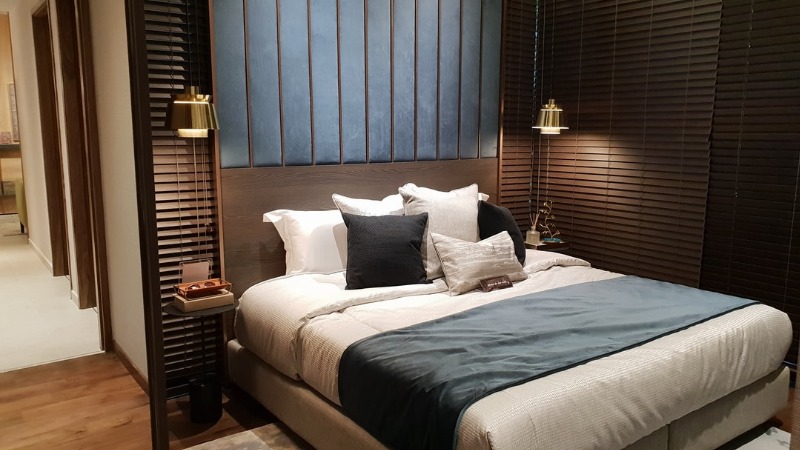If you’re set on memory foam beds you’ve got two options — buying a mattress and foundation set or buying them separately. Both could qualify for a free home trial. But is a foundation really necessary for a visco memory bed?
With regular beds, foundations do more than simply provide support. The shock-absorber effect you get from a box spring also helps extend the life of the steel springs in your bed. Because memory foam beds already absorb shock, using a foundation is not essential.
The only reason, then, to use a foundation is to get the bed some 8-9 inches up off the floor. If you do intend to use a foundation with your memory bed, however, here is what the best foundation should look like.
Why Memory Beds Don’t Work With Box-Spring Foundations
There are two reasons why regular box-spring foundations should not be used with visco beds and mattresses.
Uneven Surface
First of all, all-foam beds are designed to easily shape to whatever’s applying pressure. The custom shaping effect of Tempur beds — or of any other brand, in fact — means that memory beds shape uneven surfaces even better.
A memory foam bed used with an uneven foundation becomes uneven itself. The mattress takes the foundation’s shape and becomes an unhealthy sleeping surface. However good memory foam maybe, an uneven bed surface does not allow your muscles to relax the way they are supposed to and you may still wake up in pain.
No pressure relief
Second of all, visco foam mattresses and beds are designed to absorb shock and relieve pressure points.
When you lie on a regular innerspring mattress, your own bodyweight pulls you down. Springs react by pushing back against you. The skin and blood vessels are caught in the middle, squeezed between the gravity force of your weight and the upwards force of the mattress.
Pressure points constrict circulation at the area of contact. The result is discomfort and even pain over time. When you lie on a visco foam bed, however, there is no air left in the cells to push back and cause discomfort.
Air is spread to adjoining cells and the viscoelastic bed simply ‘melts’ under you to provide balanced support. It is this very lack of spring-back force in memory foam beds that help relieve pressure.
If you use a box-spring foundation with the memory bed, the pressure-relieving properties of the visco foam change. The foundation’s resilience ads a spring-back force where there was none previously.
The spring-back force in the foundation is transferred to the bed which then starts to push back as if had springs. This pretty much defeats the purpose of memory foam beds. You’re more than likely to dislike memory foam if you try this during your home trial period.

